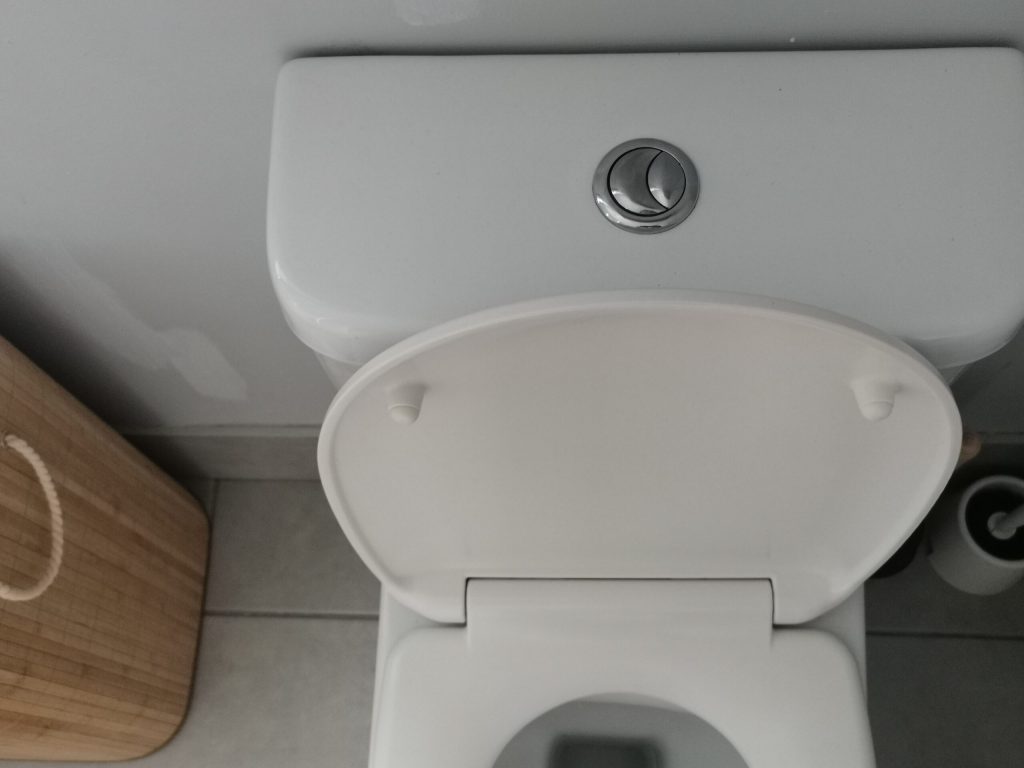

A constantly running toilet is a common plumbing problem that can lead to significant water waste and potential damage to your home. Imagine the frustrating drip, drip, drip of your toilet, endlessly circulating water. This can quickly lead to a hefty water bill and a plumbing emergency. This guide will walk you through the process of identifying and fixing a toilet running constantly due to internal leaks, including the flapper valve, supply line, and other common causes. We’ll cover the causes, troubleshooting steps, and practical solutions to resolve this frustrating plumbing issue. This comprehensive guide is organized to help you understand the problem, locate the source of the issue, and confidently repair your running toilet.
Understanding the Cause of the Running Toilet
Identifying the Culprit
Toilet running constantly often stems from internal issues rather than obvious external problems. A crucial first step in fixing a running toilet is understanding its root causes. One common culprit is a faulty flapper valve, often the culprit of a running toilet. The flapper valve is a simple mechanism that controls the water flow and can easily break down or become misaligned over time. A worn or damaged flapper valve will not seal properly, causing continuous water flow, thereby leading to a continuous running toilet. Furthermore, a problem with the fill valve or a clog in the overflow tube could be the cause.
Diagnosing the Internal Leak
Testing the Flapper Valve
Before diving into costly plumbing repairs, check the flapper valve first. It’s the most common cause of a running toilet, and the easiest to replace. The flapper valve sits at the bottom of the tank, and its job is to seal the hole that releases water into the bowl. If the flapper valve isn’t sealing properly, water will continually flow into the bowl, resulting in a running toilet. You can test it by gently pressing down on the flapper valve with your finger. If it doesn’t seal tightly, then this is the culprit. A simple replacement is usually a quick and affordable fix. If the flapper valve looks damaged, then a replacement is recommended. Look for signs of wear and tear such as cracks, tears, or a misaligned design.
Troubleshooting the Supply Line
Checking the Fill Valve
Another common source of a running toilet is a faulty fill valve. This valve controls the amount of water that refills the toilet tank. If it’s not functioning correctly, it might overfill the tank, causing constant overflow into the bowl. To diagnose this issue, check for a running water sound coming from the valve itself. Inspect the valve for any obvious signs of damage or leakage, such as cracks or loose connections. To ensure it is functioning correctly, closely observe the water level in the tank; it should maintain an appropriate level without overflow issues. If the valve continues to overfill, then the valve needs replacement.
Advanced Troubleshooting Techniques
Checking for Blockages and Other Problems
Sometimes the problem isn’t the flapper or fill valve, but a blockage somewhere else. There could be a clog or blockage in the overflow tube, which can prevent water from properly draining from the tank. Check for blockages in the overflow tube. This tube is situated in the tank and connects to the bowl of the toilet. If it’s clogged, water will continually flow into the bowl, causing it to run. Carefully inspect the overflow tube for any obstructions or blockages. If the issue is still persisting, it’s wise to consult a plumber for more advanced and thorough diagnostics. A professional plumbing inspection can identify more complex problems.
Related Post : Water Pressure Suddenly Dropping? Common Plumbing Issues to Check
Repairing the Internal Leak
Replacing the Flapper Valve
Replacing a flapper valve is a straightforward DIY task. Most homeowners can handle it without professional assistance. Follow these steps for a smooth and effective repair: First, turn off the water supply to the toilet. Then, flush the toilet to remove any water left in the tank. Carefully remove the old flapper valve and install the new one. Make sure it seals properly against the tank opening. Finally, turn the water supply back on and check if the running has stopped.
In conclusion, a constantly running toilet is a frustrating and potentially costly problem. Identifying the internal leak and addressing it promptly is crucial to preventing further damage and water waste. By systematically checking the flapper valve, supply line, and other potential culprits, you can pinpoint the source of the issue and implement the right repair. Remember to prioritize safety during the repair process, as some plumbing tasks involve working with water and potentially hazardous materials. If you are unsure about any aspect of the repair, seeking professional assistance is always the best course of action. Don’t let a running toilet drain your time and resources; take action today!